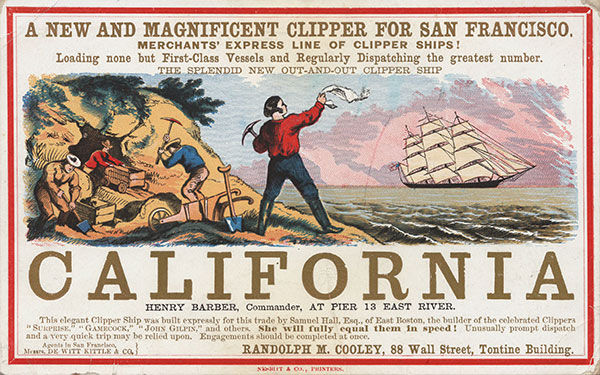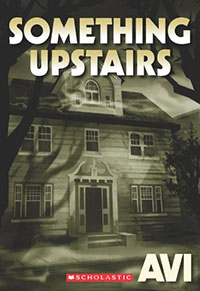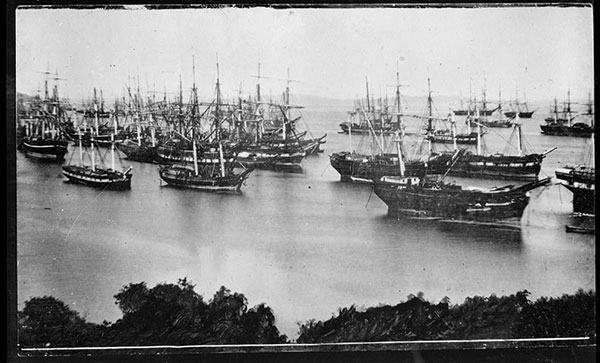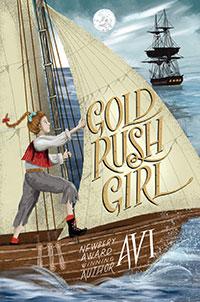The California Gold Rush was indeed a rush. The United States had taken over San Francisco as a result of its war with Mexico. (1846–48). That aggressive war—fiercely objected to by many, including Abraham Lincoln—had, as one of its objectives, the annexing of San Francisco Bay. When gold was discovered, chunks of it went on display in Washington, DC. They caused much excitement. But it was a speech to Congress by President Polk (widely publicized) in which he not just verified that gold had been found, but touted its abundance and ease of finding.

At the time the USA was suffering a financial downturn, with much unemployment. Hence, easy wealth was a grand inducement to go west. The rush was on.
 When I was living in Providence, Rhode Island, writing a book called Something Upstairs, I did research on my old house. I learned that in the year 1848 the family living there was named Blaisdell. From what I also learned about Providence, there was reason to believe (or want to believe) that the Blaisdells sold that house to go west.
When I was living in Providence, Rhode Island, writing a book called Something Upstairs, I did research on my old house. I learned that in the year 1848 the family living there was named Blaisdell. From what I also learned about Providence, there was reason to believe (or want to believe) that the Blaisdells sold that house to go west.
True or not, it seemed a good place to start my new story. Thus, both books, Something Upstairs, and Gold Rush Girl begin in the same dwelling. The Blaisdells would move into my new book.
(The old house, which is still standing, is at 15 Sheldon Street, in Providence, Rhode Island, and may be viewed on Google Maps.)
When you do historical research, serendipity is a splendid thing. When I learned that Jane Eyre was first published in American in 1848, I had the framework for the emergence of my protagonist, Victoria Blaisdell.
As for San Francisco, there is a vast library of materials about the California Gold Rush of 1849. It is so much a part of our national history that San Francisco’s football team was named the “Forty-niners,” with the assurance that all would know the reference. (One can’t say the same for, say, the Colorado or Nevada gold rushes which happened later.)

(photo: Wikimedia Commons)
The Gold Rush was also the first major event in US history for which there is a photographic record.
 My problem was not “how will I find out about the moment and the city?” but how to deal with so much information.
My problem was not “how will I find out about the moment and the city?” but how to deal with so much information.
The historical growth of the city, which went from a tiny Mexican town to a large, crowded city in a matter of months, is fascinating. It was chaotic, rowdy, violent, and unique, casting a blind eye on much that would be considered proscribed by the polite society of its day. The city still treasures that reputation.
For a novelist all that is its own gold.
1 thought on “Story Behind the Story #70, <br>Part 2: <em>Gold Rush Girl</em>”
I felt the same with my Klondike Gold Rush research (for my novel Jasper and the Riddle of Riley’s Mine): so much information to work with! I’m looking forward to this book!